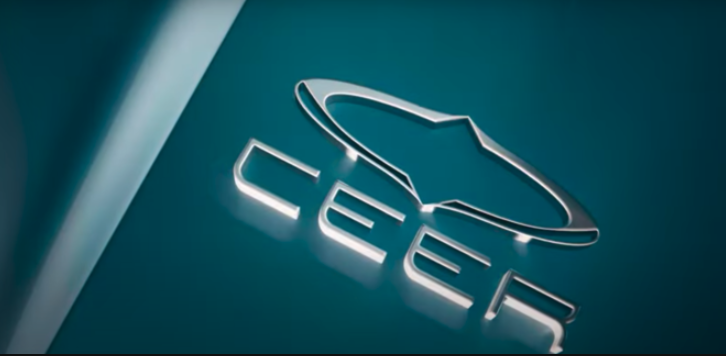RIYADH: Eco-friendly holiday destinations being developed across Saudi Arabia are positioning the Kingdom as a leader in sustainable tourism, a host of experts have told Arab News.
Aligning with the Vision 2030 strategy to increase visitor numbers to the Kingdom to 150 million a year by the end of the decade, Saudi Arabia is creating a host of new vacation resorts, as well as reinvigorating existing popular spots.
Alongside this, the Kingdom has made environmental preservation a key tenet of its ambitions for the tourist industry, with ecological and cultural safeguards inserted directly into its strategy.
According to Pascal Armoudom, partner at Kearney Middle East & Africa, this balanced approach ensures that tourism expansion enhances, rather than compromises, the Kingdom’s natural and cultural assets.
“A central element is renewable energy investment across giga-projects like NEOM and the Red Sea Project. These destinations are designed to operate entirely on renewable sources, significantly lowering carbon emissions. By aligning economic growth with clean energy, Saudi Arabia not only attracts environmentally-conscious visitors but also creates sustainable jobs, supporting economic diversification away from oil,” Armoudom said.
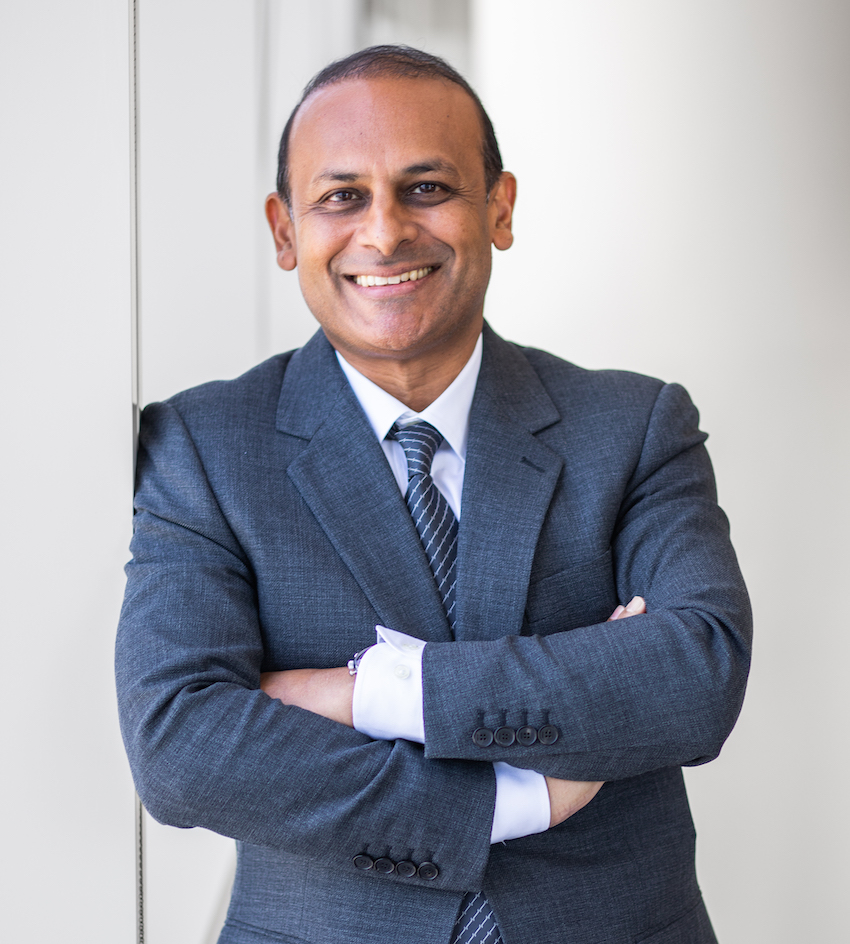
Pascal Armoudom, Partner at Kearney Middle East & Africa. (Supplied)
“Conservation commitments further reinforce this balance. The Saudi Green Initiative aims to plant 10 billion trees and restore millions of hectares of land, reducing carbon while enhancing landscapes that are vital to eco-tourism,” he added.
The Kearney partner went on to note that these commitments ensure that as tourism grows, natural habitats are preserved, making Saudi Arabia’s landscapes more resilient and attractive for long-term tourism investment.
“Cultural preservation and community integration are also prioritized. Projects like Diriyah Gate and AlUla involve local communities in heritage conservation and economic opportunities, allowing residents to benefit economically while protecting cultural authenticity. By prioritizing heritage alongside economic incentives, Saudi Arabia creates a tourism model that is inclusive and respects its historical identity,” Armoudom said.
He added that uniting renewable energy, conservation, and cultural preservation enables Saudi Arabia to build a thriving tourism economy that aligns with global sustainability standards, which will in turn foster growth that sustains both the environment and the economy.
Learning from the mistakes of others
Camilla Bevilacqua, partner at management consulting firm Arthur D. Little, explained that Saudi Arabia has the opportunity to learn from more mature global destinations, where tourism significantly contributes to economic growth but can lead to environmental and social degradation when not designed from a systemic perspective.
“To unlock the full potential of regenerative development, it’s crucial to integrate ecological, social, cultural, and economic understanding into a unified approach, creating a community that becomes steward of the development and a development that contributes to the intrinsic value of natural and heritage assets,” she added.
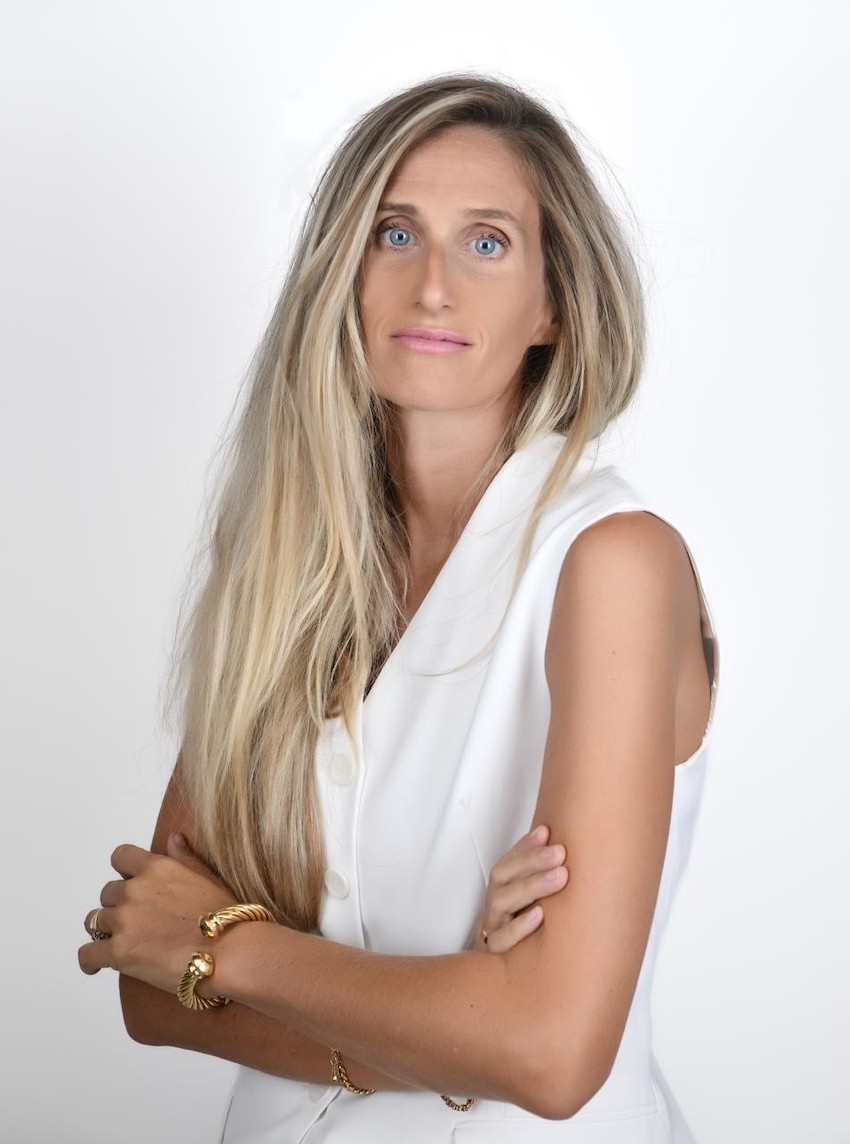
Camilla Bevilacqua, partner at management consulting firm Arthur D. Little. (Supplied)
The ADL partner also suggested that loss of natural and cultural assets requires large investments, especially from the public sector, to restore habitats and communities that can instead drive economic growth.
The notion that economic development in tourism and environmental protection is not a zero-sum game was echoed by Seif Sammakieh, partner in Oliver Wyman’s Government and Public Institutions Practice and the head of the Riyadh office.
He flagged up that Saudi Arabia is already putting this mentality into practice, adding: “Across the ecosystem there is clearly a deep commitment to safeguarding natural and cultural heritage, and a recognition that these resources are essential to the country’s tourism appeal.”
Sammakieh highlighted that part of the attraction of the Red Sea is its rich and diverse coral reef, meaning the economic success of the tourist destination requires a steadfast commitment to environmental preservation.
Innovation is key
Saudi Arabia is leading sustainable tourism through innovative, eco-friendly developments that align with Vision 2030’s commitment to environmental conservation and cultural preservation.
Kearney’s Armoudom highlighted Amaala, a luxury wellness destination on the Red Sea coast, as an example of a project that will be fully powered by renewable energy.
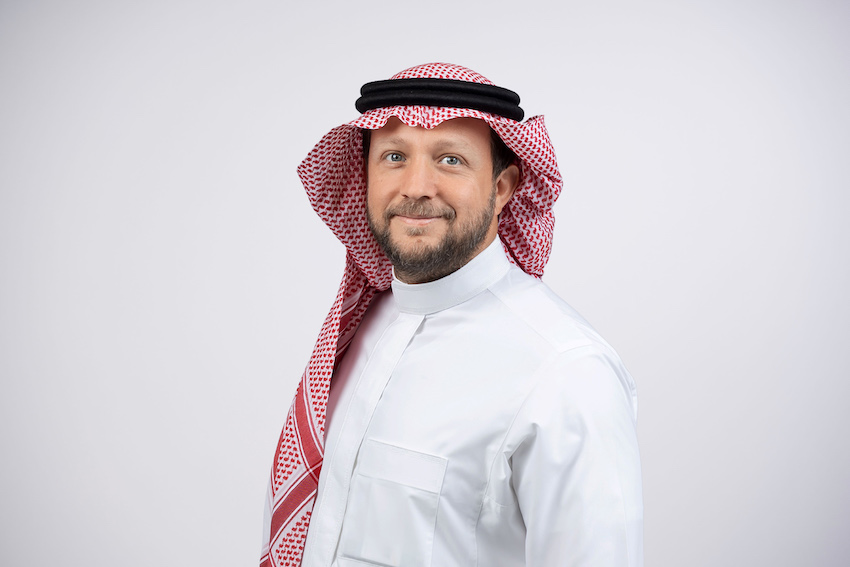
Seif Sammakieh, partner in Oliver Wyman’s Government and Public Institutions Practice and the head of the Riyadh office. (Supplied)
He also focused on Diriyah Gate as a project that blends cultural preservation with sustainable practices.
“This historic site is being developed as a cultural hub, incorporating energy-efficient designs, water-saving measures, and native landscaping, allowing visitors to experience Saudi heritage responsibly,” the Kearney partner added.
From ADL’s side, Bevilacqua noted that Saudi Arabia’s Vision 2030 includes sustainable tourism initiatives across multiple projects and organizations, such as Soudah, AlUla, NEOM, the Red Sea, and several Royal Reserves and National Parks. She also stressed that these efforts target ecological restoration, economic transformation, and community empowerment.
“For Soudah Development, ecological restoration plans to plant over 1 million trees by 2030 aim to restore mountain ecosystems, while wildlife reintroduction programs, such as the rewilding of Nubian ibex, enhance biodiversity. Additionally, over 300 locals have been trained as eco-guides and forest stewards, contributing directly to tourism growth and increasing community engagement,” Bevilacqua said.
With regards to the Red Sea Project, the ADL partner emphasized that the coral reef and mangrove restoration efforts aim for a 40 percent biodiversity increase and sequester 500,000 tonnes of carbon dioxide annually as part of marine and coastal ecosystem restoration. Additionally, over 500 jobs have been created, aligning conservation with economic development through ecotourism initiatives.
The rise of eco-tourism
While integrating sustainability and environmental protection into tourism developments is admirable, these projects do ultimately need to attract visitors in order to deliver an economic return.
Nicolas Mayer, PwC Middle East partner and global tourism industry lead, explained that tourists drawn to nature-based experiences tend to be strong spenders, contributing significantly to the local economy.
“Eco-tourism, in particular, has a profound economic impact on more remote and economically weaker regions, where visitor spending can create jobs, stimulate local businesses, and foster infrastructure development that benefits residents and tourists alike,” Mayer said.
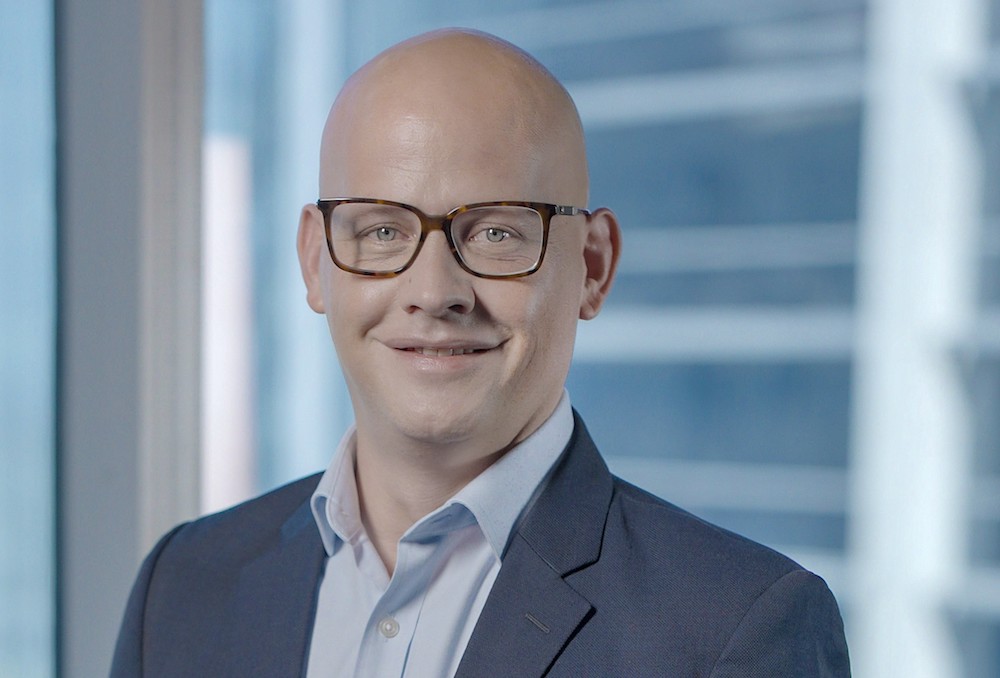
Nicolas Mayer, PwC Middle East Partner, Global Tourism Industry Lead. (Supplied)
“This type of tourism is especially appealing for domestic travelers, who bring significant economic benefits while generating a lower ecological impact than international visitors. By encouraging domestic tourism, the Kingdom reduces the carbon footprint associated with air travel, thus aligning with its sustainability goals,” he added.
The PwC representative continued to stress that the concept of regenerative tourism is central to Saudi Arabia’s approach.
“Unlike traditional tourism, which may strain resources, regenerative tourism actively restores and enhances natural and cultural sites. This approach ensures that destinations not only maintain their ecological and cultural value but also improve over time, offering a richer experience for future visitors and a lasting legacy for local communities,” Mayer said.









